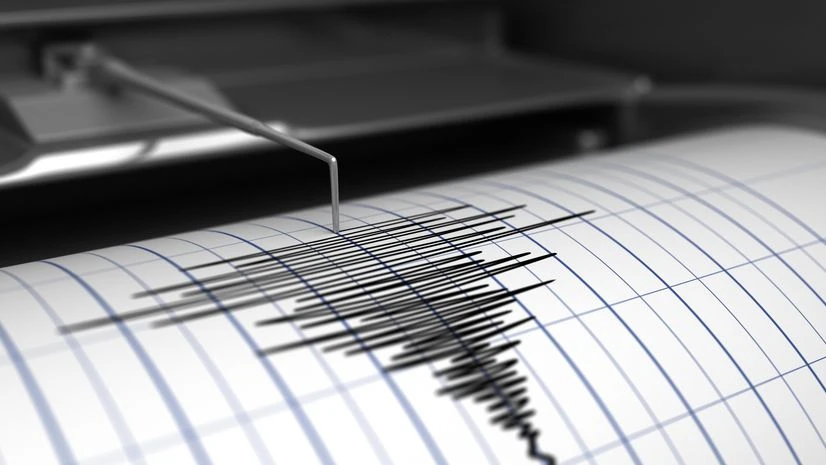An earthquake of magnitude 5.3 hit Telangana's Mulugu district on Wednesday morning, with tremors felt in Hyderabad and parts of Andhra Pradesh as well, according to the National Center for Seismology (NCS). The magnitude of the earthquake was unusually high for the state, which falls under a low damage risk zone.
The earthquake occurred at 7:27 AM, causing panic among locals. There were no immediate reports of casualties or significant damage.
Seismic zones in India
India is divided into four seismic zones: Zone II, Zone III, Zone IV, and Zone V. Zone V experiences the highest seismic activity, while Zone II has the lowest. Telangana falls under Zone II, categorising it as a low-intensity seismic zone.
Around 11 per cent of India falls within Zone V, about 18 per cent in Zone IV, and roughly 30 per cent in Zone III, with the remaining areas in Zone II. This means that approximately 59 per cent of India's landmass, encompassing all states, is susceptible to earthquakes of varying intensities.
Why Telangana earthquake is unusual
In seismic hazard classification, Zone 2 typically represents areas with low seismic activity. The average magnitude of earthquakes in such regions depends on the geographical context but generally falls within the magnitude range of 3.0 to 5.0 on the Richter scale.
Also Read
However, this earthquake in Telangana's Mulugu recorded a magnitude of 5.3, which is very unusual for the areas that fall under Zone 2.
Telangana lies in the Indian Peninsular Shield, which is composed of ancient, stable rock formations with minimal tectonic activity compared to plate boundary regions like the Himalayas.
Earthquakes in stable regions are typically of low magnitude, and significant quakes are rare. While minor tremors may occur due to localised stress or human-induced activities like mining or reservoir-induced seismicity, the probability of a high-magnitude natural earthquake is extremely low.

)
